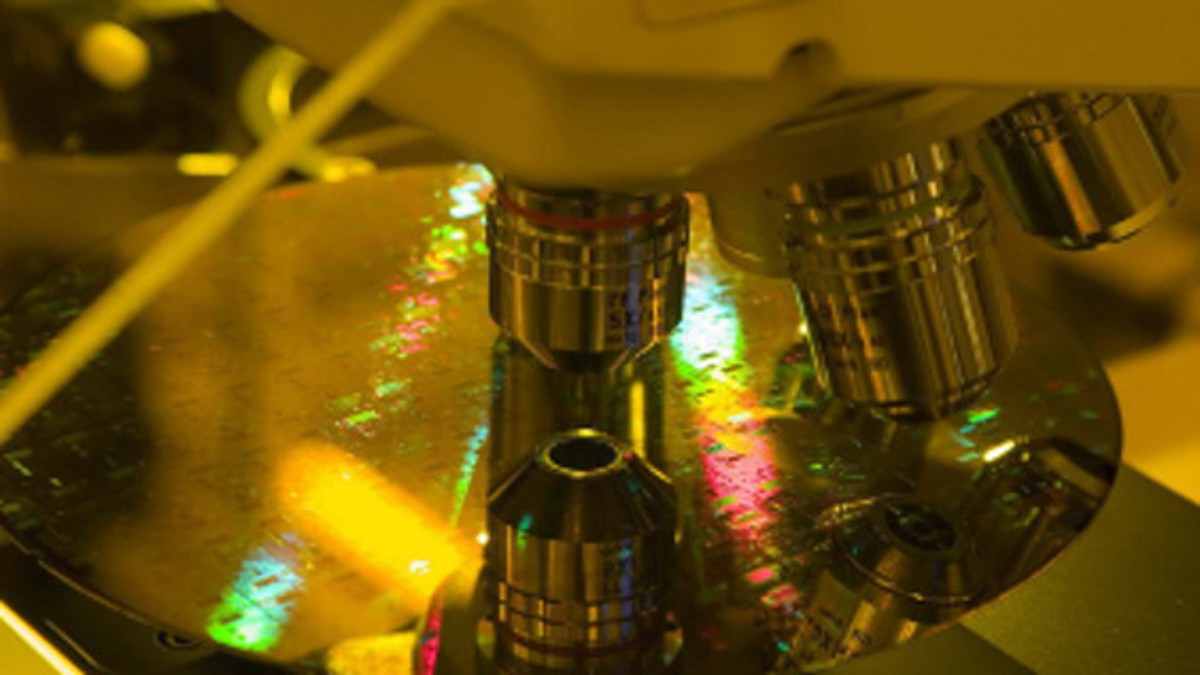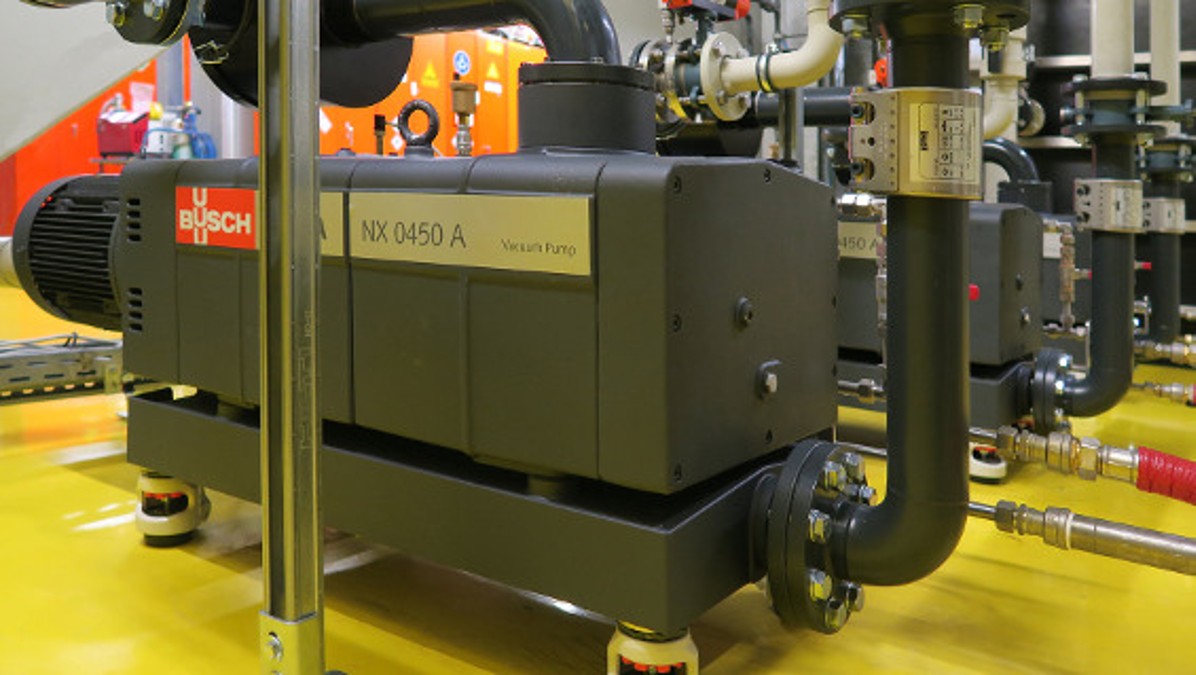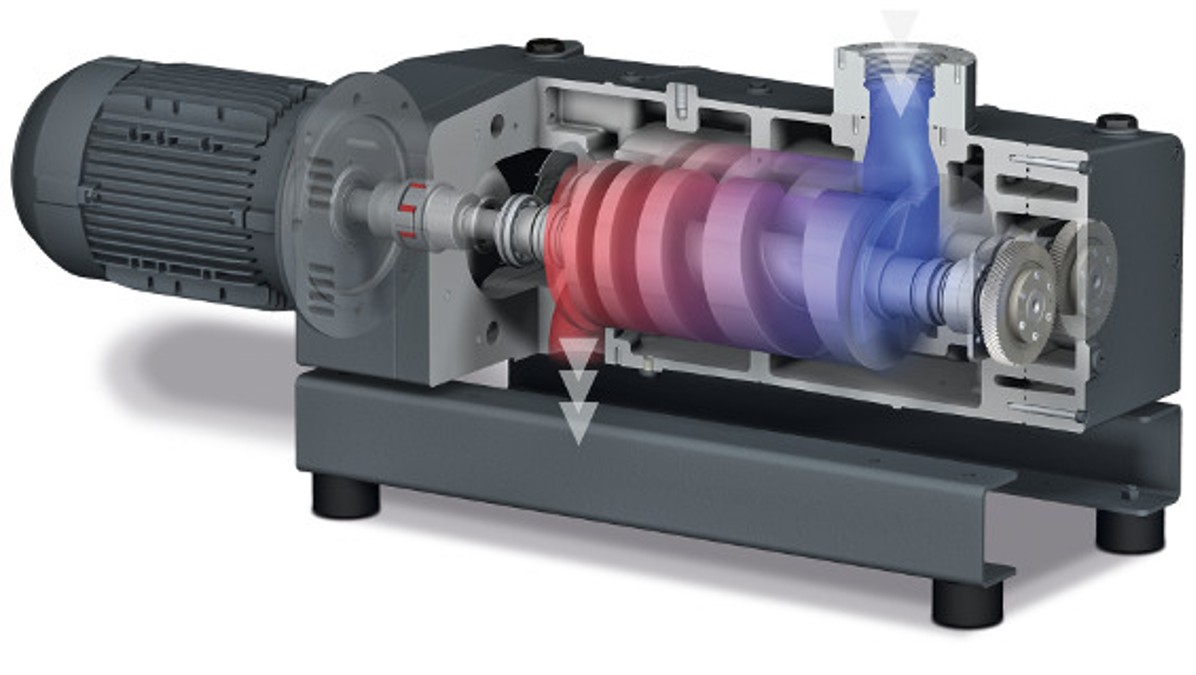Reducing Operating Costs by 40% in Wafer Handling with the Latest Vacuum Technology from Busch
IHP GmbH
Maulburg, Germany
|
February 20, 2018
|
5 min
The IHP – Innovations for High Performance Microelectronics – in Frankfurt (Oder), Germany is a member of the Leibniz Association. It performs research and development in the fields of silicon-based systems, highest-frequency integrated circuits and technologies for wireless and broadband communication. The focus of research at the institute is oriented towards issues relevant for business and results in applications for telecommunications, semiconductor and automotive industries, aerospace, telemedicine, and automation technologies. The institute has developed into an internationally recognized competence
centre for silicon-germanium technologies.
The IHP chose a state-of-the-art
centralized vacuum system from the company Dr.-Ing. K. Busch GmbH to supply the vacuum for the clean room building. The fully-automatic vacuum system supplies up to 80 vacuum consumers with the vacuum needed in the different departments to hold or handle wafers.
Innovations for High Performance Microelectronics
IHP provides an important bridge between academia and industry. The Joint Labs, with universities and universities of applied sciences in the Berlin-Brandenburg region, have been particularly successful in this cooperation. As a public research institute, it is funded by the state of Brandenburg and the German Federal Government.
The IHP employs 300 employees from over 20 countries. About half of the employees are scientists, mainly engineers and physicists, who conduct interdisciplinary and application-orientated research.
Wafer production
The heart of the innovative research facility is the clean room building with 1,000 square meters of class 1 clean room area where wafers are prepared under conditions similar to those in the industry. Here, pilot production of wafers is developed for analyzing possible subsequent industrial manufacturing. There is a total of 80 vacuum consumers in all of the clean rooms for wafer production. These can simply be vacuum tweezers that employees use manually for visual inspection of the wafers, for example. Handling equipment for transporting the wafers or for putting them down in a defined spot for further processing are also connected to the facility's vacuum network. Furthermore, different vacuum holding devices on the microscopes (fig. 1) are used in etching and coating processes, or in lithography systems.
IHP's vacuum system
A vacuum supply consisting of
three identical
liquid ring vacuum pumps had been in operation since moving into the new building in the East-Brandenburg technology park in Frankfurt (Oder) in 1999. However, the team at the IHP was not really satisfied with this solution.
- For one, these vacuum pumps required water as an operating fluid. Decalcified, demineralized water was used in this case, which required a certain degree of effort and incurred associated costs.
- Secondly, these vacuum pumps were not adjustable and thus consumed unnecessary energy because they were not able to be adjusted to the actual vacuum requirements.
Because all process steps in the clean rooms depend on the central vacuum supply, the team was also worried about
reliability, especially as the supply reliability for spare parts became increasingly critical.
In 2016, they began looking for a trend-setting vacuum technology that was state of the art, could be operated as economically as possible and guaranteed the highest degree of reliability.
New vacumm system from Busch
They selected a vacuum system with three
COBRA NX screw vacumm pumps (fig. 2) from the company Dr.-Ing. K. Busch GmbH. In December 2016, this system was installed in a step-by-step process – pump by pump – while the system was in operation and the existing liquid ring vacuum pumps were dismantled.
COBRA NX
screw vacuum pumps (fig. 3, technology) use
dry compression, so they do not need any operating fluid for the vacuum generation. This vacuum technology allows a
contact-free operation.
Two screws rotate in opposite directions and do not come into contact with each other or the housing. The gap here is so small that no operating fluid is needed for sealing. This technology also has the advantage of being absolutely maintenance-free, meaning that there is no need to replace wearing parts.
Demand-oriented control
The speed of all three of the installed COBRA NX screw vacuum pumps can be
controlled and operated according to demand. This ensures that the only vacuum pumps in operation are the ones that are actually needed to maintain the vacuum level of 50 to 60 millibars. The size of the vacuum system is such that two COBRA NX vacuum pumps at 100% output are sufficient for full load operation. The third vacuum pump serves as a stand-by to increase
reliability.The control system ensures that all three vacuum pumps have the same number of operating hours so that they are evenly loaded. The control system is self-sufficient and guarantees that the required vacuum level is constantly maintained. In turn, the self-adjusting control system is connected to building control technology, which registers any problems that may occur and can be used to call up different parameters.
The vacuum system operates around the clock all year long. It is part of the clean room building facilities and located on the ground floor together with other supply tools like the compressed air supply, cooling water processing, fume scrubbers or power supply units. All these supply units are located in one clean room. Additional systems such as radiators, chillers and transformers are located on the first floor while the actual core area of the clean room building is on the second floor; this is where all the process steps for preparing the wafers are located.
Experience with the COBRA NX
After just the first few months, they already saw a
40 percent reduction in operating costs. This was possible because
COBRA NX screw vacuum pumps require less motor power due to their
high efficiency factor; therefore, they can function with smaller motor sizes than liquid ring vacuum pumps.
Speed control enables
exact adjustment to the actual needs; speed control is not possible for liquid ring vacuum pumps for technical reasons. In addition, the
costs for water as an operating fluid and all the
associated energy costs for its preparation and circulation
no longer apply.
It was thus possible to make the vacuum supply much more economical and reliable at the same time by using state-of-the-art vacuum technology from Busch.
Maulburg, Germany
|
February 20, 2018
|
5 min


